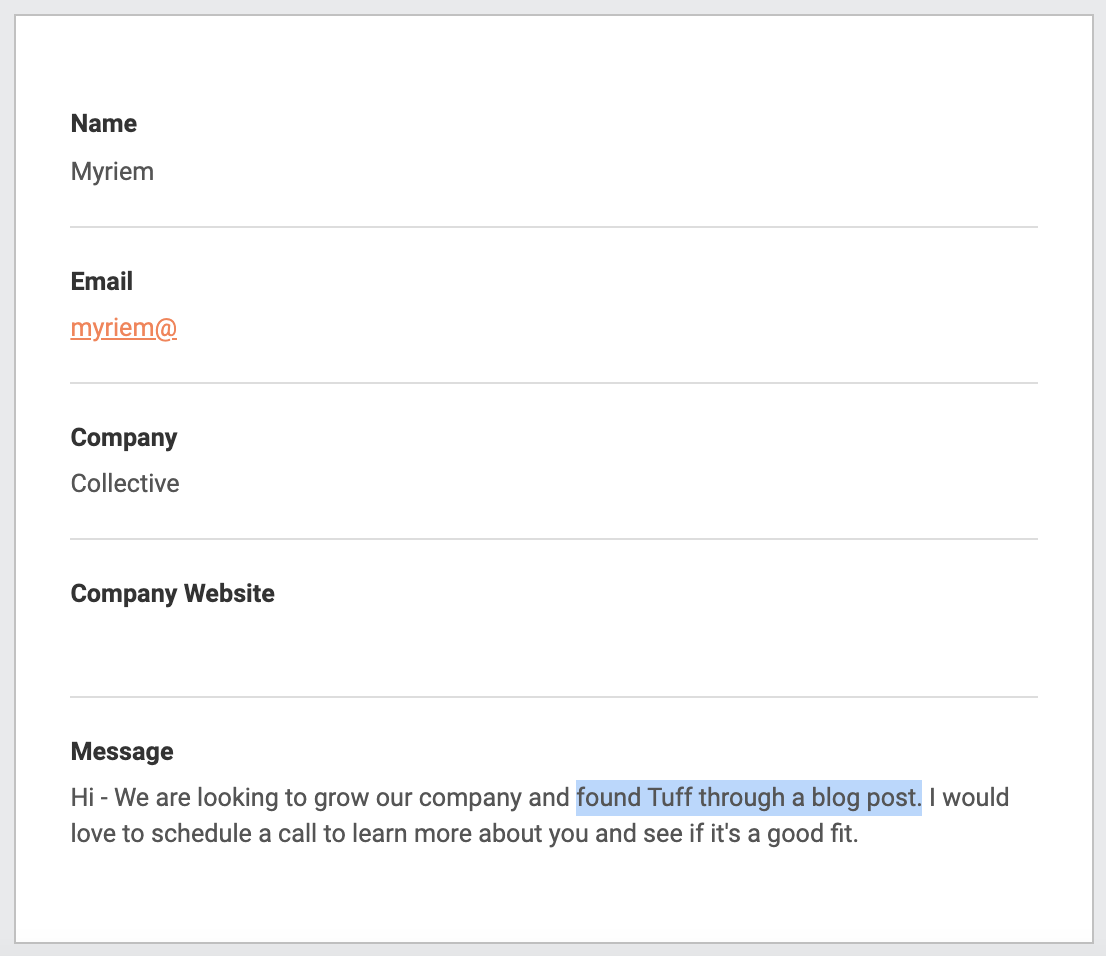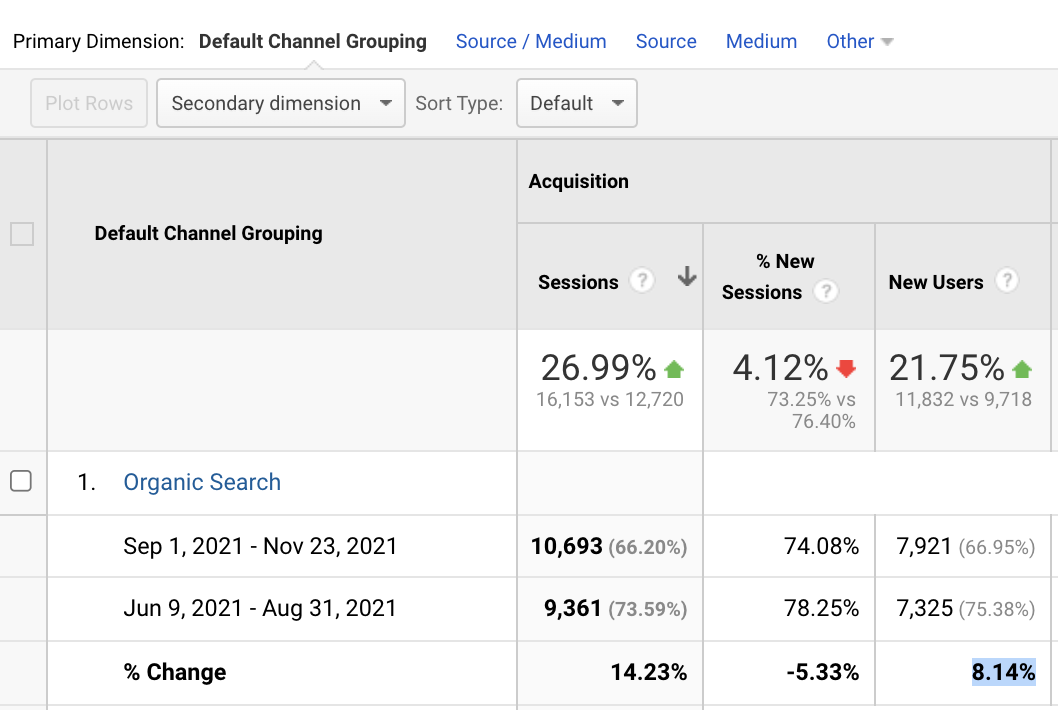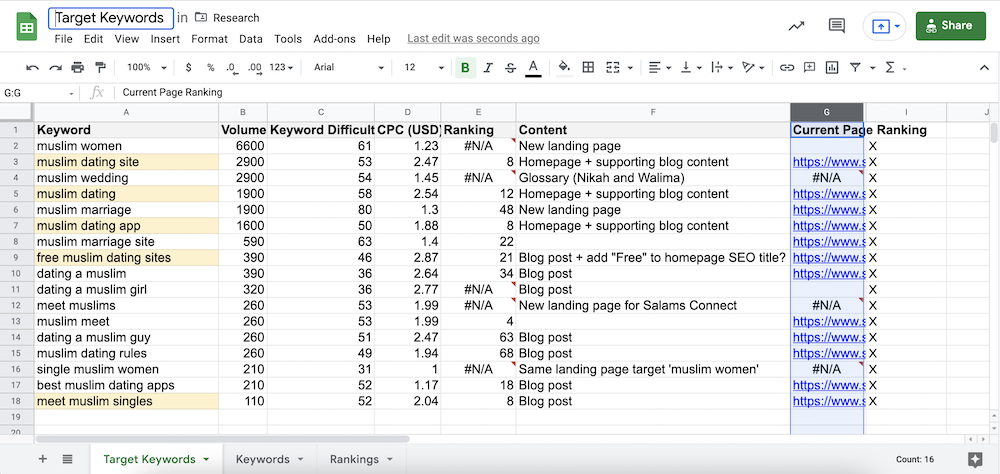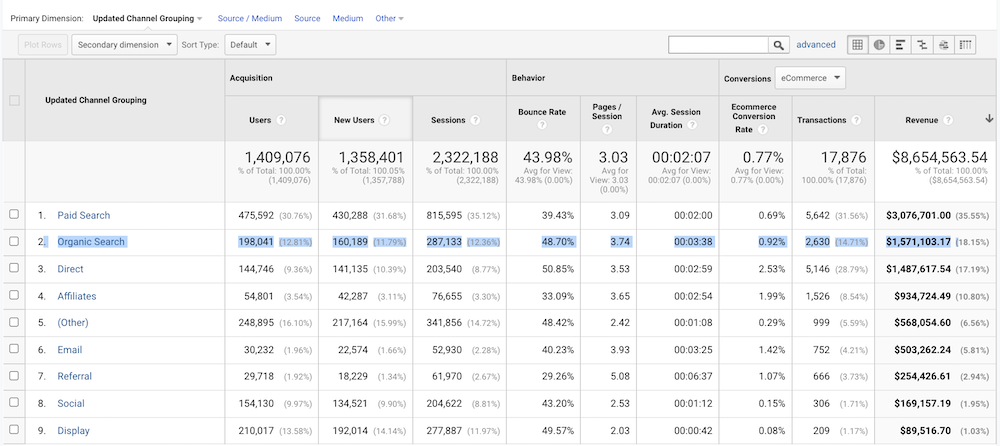How Do You Evaluate the Efficacy of Your SEO Efforts?
As a growth marketing agency, we spend a lot of time thinking about how to increase traffic volume to a website, product, or app for our clients. Because acquisition is 50% of the growth model, right? So, we ask ourselves on the daily: how do you get the right message to the right audience at the right time? The golden ticket to growth is to nail this and then convince that traffic to take it a step further and complete an action on your website. Acquisition + conversion = 🚀.
With that in mind, if you jump into Google Analytics right now and take a peek at the data of any of our 30 clients, you’re going to see traffic coming from these five core traffic sources:
- Paid
- Organic
- Direct
- Referral
While they all play a critical role in acquisition, organic traffic is often the second largest (if not largest) traffic driver for companies in established industries. It also happens to be my personal favorite. Organic traffic is the hardest to grow, but it’s typically the highest quality.
Take a step back and it all makes sense. If someone has a problem or need, they’ll oftentimes take their query to Google. If they naturally find your website and you give them valuable information, they’ll trust you. Here’s an example from the Tuff blog—this is a lead that came through our form fill earlier this month after finding this blog post about the differences between performance and growth marketing.
At Tuff, to help drive organic traffic and results, we’ve broken down the core components of what it takes to make a SEO strategy and built a team around them. Including:
- SEO Growth Strategist
- Technical SEO Expert
- Content SEO Specialist
- SEO Writers
In short, this high-level combination is truly the only way to get serious results when it comes to your search ranking. But it’s not just about the components and the people tasked with executing it. We also get extremely specific and clear as a team when measuring the success and impact of the SEO strategy we implement. Here’s how we measure success:
- Traffic
- Traffic Quality
- Keyword Movement
- Revenue
In this post, I’m going to take a closer look at the four organic growth metrics we use to answer: “How do you evaluate the efficacy of your SEO efforts?”
Traffic
The first metric is easy. Is your organic traffic increasing or decreasing?
If you’re a newer startup or company, finding initial traction with organic traffic is going to take some time. For our clients, we typically start seeing results after about 3 to 6 months of consistently posting SEO content. It’s super important to monitor organic traffic growth because it helps you understand the role that organic traffic is playing in your overall traffic mix.
To measure organic traffic growth, we use both Google Search Console and Google Analytics.
Google Search Console helps us understand impressions and the search terms our clients are showing up for. And if it’s increasing:
We can also look at Google Analytics to see how this is trending MoM or YoY:
If we are putting time and resources into SEO, we want this number to go up.
Traffic Quality
If organic traffic is increasing, you need to ask: Is it high quality?
It’s one thing to increase organic traffic but if the new visitors to your site aren’t sticking around or taking a desired action, it’s just traffic for traffic’s sake.
So, we like to look at three core quality traffic metrics using Google Analytics:
- Time on Site: Average time on site is how long a user spent on your site in total. It’s the total time of all sessions divided by your number of sessions. According to Klipfolio, the Average Time on Page across industries is 52 seconds, with B2B leading with 82 seconds, based on 20 billion user sessions.
- Bounce Rate: A ‘bounce’ (often called a single-page session) happens when a user lands on a website page and exits without triggering another request to the Google Analytics server. This article has industry benchmarks as well as bounce rate benchmarks by source for 2021.
- Pages Per Session: The average number of website pages visited during a session. Seeing a greater number of pages per session typically means that users are more engaged with your website and the traffic quality is high.
In Google Analytics, we’ll filter the view to only show organic traffic (60-second video here on how to do this) and compare these quality metrics to the rest of the site.
If the traffic is high quality, great, go get more of it. If the quality is low, dig into the pages your organic traffic is coming from and how they found your site. More often than not, when this happens, it means you are ranking for search terms that aren’t super related to your business.
For example, if our website ‘Tuff’ ranked highly for ‘Tuff Shed’ we might be getting a bunch of traffic from people looking for sheds. We might see that organic traffic is increasing MoM but that the bounce rate is 95% and the time on site is less than 3 seconds. We don’t want this type of traffic to our website because it’s useless to us.
Keyword Movement
So far, the traffic increase and traffic quality are metrics we track for all sources. Keyword movement though, is specific to our SEO efforts.
When working on an SEO Content Strategy, here’s how we tackle it:
- Research the audience
- Do a search competitor analysis
- Identify a list of 10-15 focus keywords
- Select the type of SEO content — blog posts, landing pages, long-form, etc
- Write SEO outlines
- Assign deadlines and build a calendar
- Write content
- Publish with all the right SEO components and links
With step 3, we hone in and identify the list of target keywords we want to see traffic from. Here’s an example of a list for one of the Tuff clients:
You might already be ranking for some of the keywords in your list (always a pleasant surprise!) and you are just trying to improve positions. For others, you might not be ranking at all and you’re slowly trying to make it to page one.
For us, it’s incredibly important to track keyword movement (did it go up or down in rankings) for our keyword list because it helps us understand if we’re making any progress. The SEO content we produce will focus almost exclusively on ranking for those search terms so tracking movement on those terms is an easy way of knowing if what you set out to do is actually working.
For this, we use SEMRush and set up a dashboard like the one below for each client that includes our focus keyword list.
Revenue
Last but not least, is it having an impact on revenue? Whether your business plays in the B2B, Tech, SaaS, DTC, or eCommerce spaces, you want to know if the hours of work you are putting into technical SEO and SEO content is having real, measurable business impact.
For eCommerce, it’s easy to pull organic revenue directly from Google Analytics:
For other industries, and for more granular information, you’ll need to rely more on your CRM or Customer Analytics platforms. In a perfect world, the software and attribution all work together nicely. In reality, that almost never happens. More often than not, we’re pulling spreadsheets from Google Analytics and a CRM and merging the data manually to get a clear idea on return. While this is sometimes the trickiest organic metric to track, it’s ultimately the most important!
Tools & Tracking Resources
The tools we use to track these metrics include Google Analytics, Google Search Console, SEMRush, and various Customer Analytics platforms (Amplitude, Mixpanel, Hubspot, Salesforce).
- Traffic = Google Search Console
- Traffic Quality = Google Analytics
- Keyword Movement = SEMRush
- Revenue = Customer Analytics / CRM
The thing about organic traffic though (we’ve said it once and we’ll say it again and again) is that it’s going to take some time to see traction. When you do, though, the results will be compounding and rewarding, but you’ve got to work your way there. It takes time. It’s worth it, but you’re in it for the long haul.
One way to help stay motivated? Know exactly how to track the effectiveness of your efforts by using traffic, traffic quality, keyword movement, and revenue as your core success metrics.

Ellen is the founder at Tuff and one of the team’s core growth marketers. She is a versatile marketer with expertise in multiple channels – from ppc to seo to email to others – responsible for the experiments and testing. She is happiest when she’s on the ski hill or outside pointing her mountain bike downhill.











